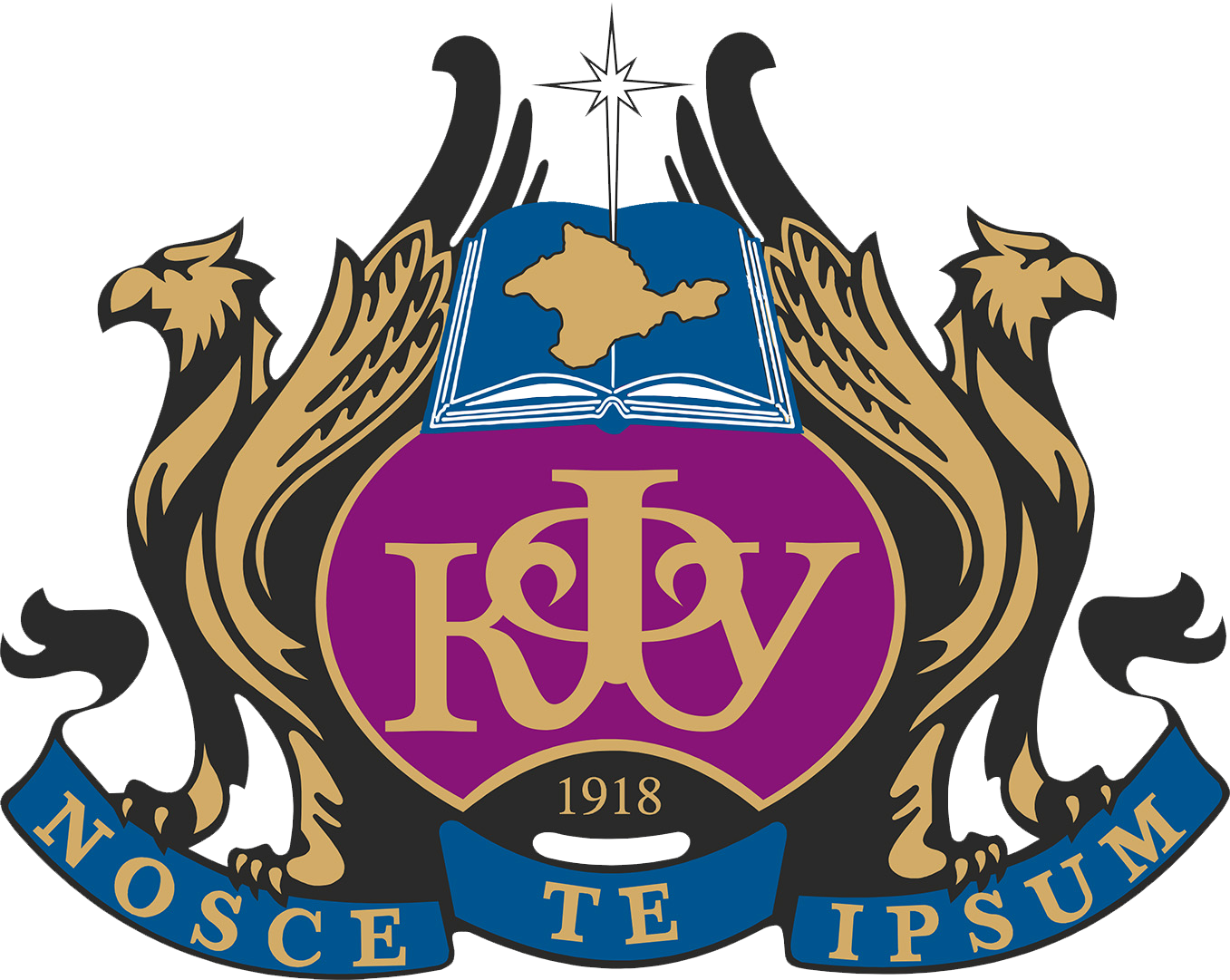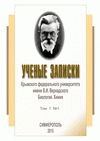Luminescent Cu(I) complexes have recently attracted increasing attention from researchers as promising environmentally friendly emitters due to their structurally tunable photophysical properties. Typically, Cu(I) derivatives exhibit long-lived phosphorescence due to metal-ligand charge transfer (MLCT) and/or intraligand transitions. At the same time, these complexes can exhibit thermally activated delayed fluorescence (TADF), which allows achieving 100 % internal quantum efficiency. Until recently, most examples of the TADF mechanism were found for platinum metal compounds, the cost and prevalence of which do not allow for the widespread introduction of devices based on them into production. It is known from the literature that TADF luminescent Cu(I) complexes can be conditionally divided into two main classes: mononuclear and polynuclear complexes, with the latter being much more numerous. Mononuclear Cu(I) TADF complexes include predominantly cationic and neutral tetracoordinated compounds, mainly belonging to the [Cu(N^N)2] and [Cu(N^N)(P^P)] types. However, in 2011, Hitomi Ohara proposed rather simple mononuclear Cu(I)-halide complexes, [CuX(PPh3)2(L)] (X=halide ion, PPh3=triphenylphosphine, L=N-heteroaromatic ligand), demonstrating extremely intense luminescence realized by the TADF mechanism. Using this approach, in the present work, 3-pyridin-4-yl-5-(4-chlorophenyl)-1H-1,2,4-triazole was selected as an N-heterocyclic ligand for the creation of new representatives of mononuclear TADF–copper(I) phosphors. The synthesized complexes have fundamentally different spatial structures, despite the difference only in the halogen ion during the synthesis of the compounds. Copper(I) bromide forms a mononuclear complex of monoclinic syngony in the space group P21/n, while copper(I) iodide is a binuclear complex of triclinic syngony with a flat core of the rhombic form Cu2I2 in the space group P‾1.
mononuclear complexes, binuclear complexes, copper(I) coordination compounds, triazoles, X-ray structural analysis, crystal structure, TADF.
1. Yang X. Recent advances in the design of afterglow materials: Mechanisms, structural regulation strategies and applications / X. Yang, G. I. N. Waterhouse, S. Lu, J. Yu // Chem. Soc. – 2023. – Rev. 52.
2. Tsuge K. Luminescent copper (I) complexes with halogenido-bridged dimeric core / K. Tsuge, Y. Chishina, H. Hashiguchi, Y. Sasaki, M. Kato, S. Ishizaka, N. Kitamura // Coord. Chem. – 2016. – Vol. 306.
3. Mensah A. Recent progress in luminescent Cu(I) halide complexes: A mini-review / A. Mensah, J. J. Shao, J. L. Ni, G. J. Li, F. M. Wang, L. Z. Chen // Front. Chem. – 2022. – P. 816363–816370.
4. Armaroli N. Photoactive mono-and polynuclear Cu(I)–phenanthrolines. A viable alternative to Ru (II)–polypyridines? / N. Armaroli // Chem. Soc. Rev. – 2001. – Vol. 30. – P. 113–124.
5. Ruthkosky M. Electron and energy transfer from CuI MLCT excited states / M. Ruthkosky, C. A. Kelly, F. N. Castellano, G. J. Meyer // Coord. Chem. Rev. – 1998. – Vol. 171. – P. 309–322.
6. Housecroft C. E. TADF: Enabling luminescent copper (I) coordination compounds for light-emitting electrochemical cells, / C. E. Housecroft, E. C. Constable // J. Mater. Chem. – 2022. – C. 10. –P. 4456–4482.
7. Amouri H. Luminescent complexes of platinum, iridium, and coinage metals containing N-heterocyclic carbene ligands: Design, structural diversity, and photophysical properties / H. Amouri // Chem. Rev. – 2023.
8. Alsaeedi M. S. Insight into luminescent iridium complexes: Their potential in lightemitting electrochemical cells / M. S. Alsaeedi // J. Saudi Chem. Soc. – 2022. – P. 101442–101484.
9. Liu Z. Luminescent iridium complexes and their applications / Z. Liu, Z. Bian, C. Huang // Mol. Organomet. Mater. Opt. – 2010. – P. 113–142.
10. Ohara H. Simple and extremely efficient blue emitters based on mononuclear Cu(I)-halide complexes with delayed fluorescence / H. Ohara, A. Kobayashi, M. Kato // Dalton Trans. – 2014. – Vol. 43.
11. Ohara H. Effects of N-heteroaromatic ligands on highly luminescent mononuclear copper (I)–halide complexes / H. Ohara, A. Kobayashi, M. Kato // Comptes Rendus Chimie – 2015. – Vol. 18. – P. 766–775.
12. Gusev A. Structure and excitationdependent emission of novel zinc complexes with pyridyltriazoles / A. Gusev, E. Braga, E. Zamnius, M. Kiskin, M. Kryukova, A. Baryshnikova, B. Minaev, G.
13. Gusev A. Structure and tuneable luminescence in polymeric zinc compounds based on 3-(3-pyridyl)-5-(4-pyridyl)-1,2,4-triazole / A. Gusev, E. Braga, Y. Baluda, M. Kiskin, M. Kryukova, N. Karaush-
14. Gusev A. N. Zinc(II) complexes of 3,5-bis(4-pyridyl)-1H-1,2,4-triazole: Synthesis, the role of counter-anions in the formation of a type of crystal structure, and luminescence properties / A. N. Gusev,
15. Gusev A. Structure and emission properties of dinuclear copper (I) complexes with pyridyltriazole / A. Gusev, M. Kiskin, E. Braga, E. Zamnius, M. Kryukova, N. Karaush-Karmazin, G. Baryshnikov,
16. Gurzhiy V. V. Rasshifrovka kristallicheskih struktur v programmnom komplekse OLEX2 / V. V. Gurzhiy, A. A. Zolotarev. – SPb.: Izdatel'stvo Sankt-Peterburgskogo universiteta, 2017. – 80 s.
17. Gusev A. 0D and 1D-dimensional Cu(I)-based halides pyridyltriazoles basis: Synthesis, Structures, and photophysical properties/ A. Gusev, E. Braga, E. Zamnius, K. Zakharov, M. Kiskin, W. Linert
18. Braga E. V. Biyadernye i polimernye kompleksy medi(I): sintez, struktura i fotolyuminescentnye svoystva / E. V. Braga, A. N. Gusev, K. M. Mamontov, K. S. Zaharov // HH Mezhdunarodnaya





